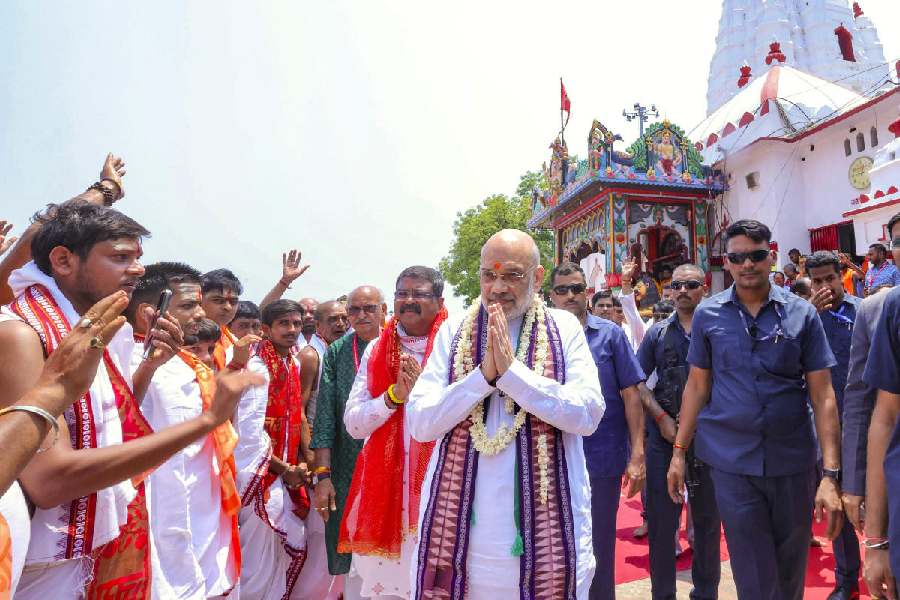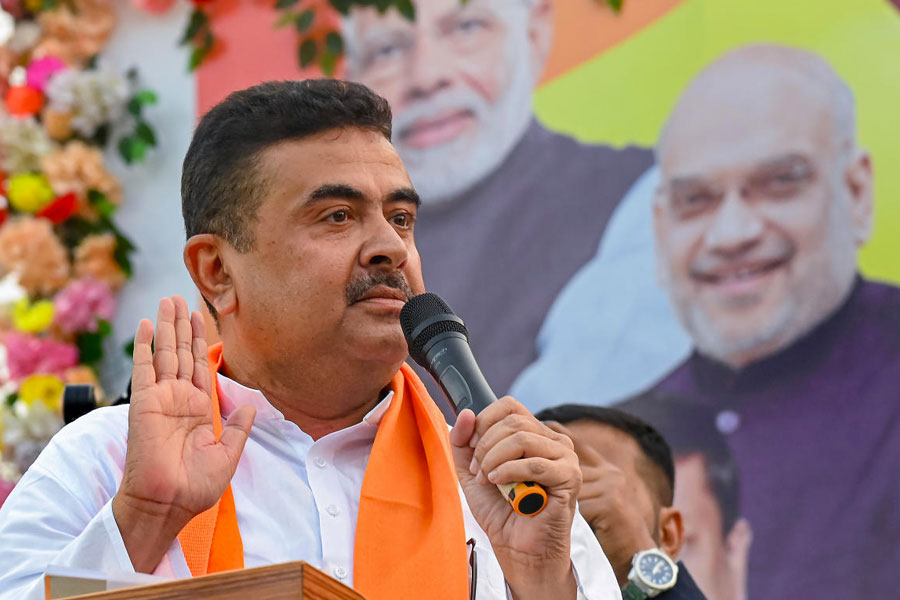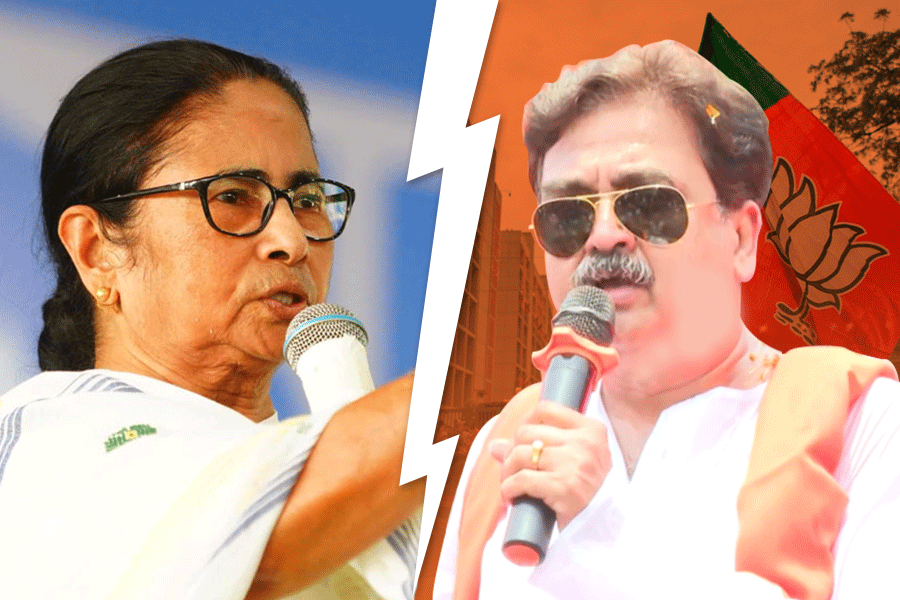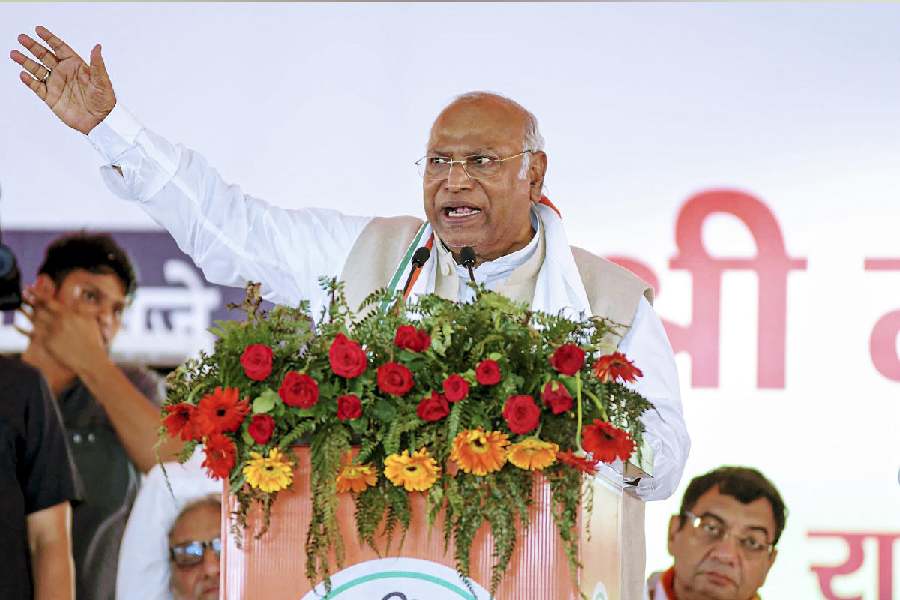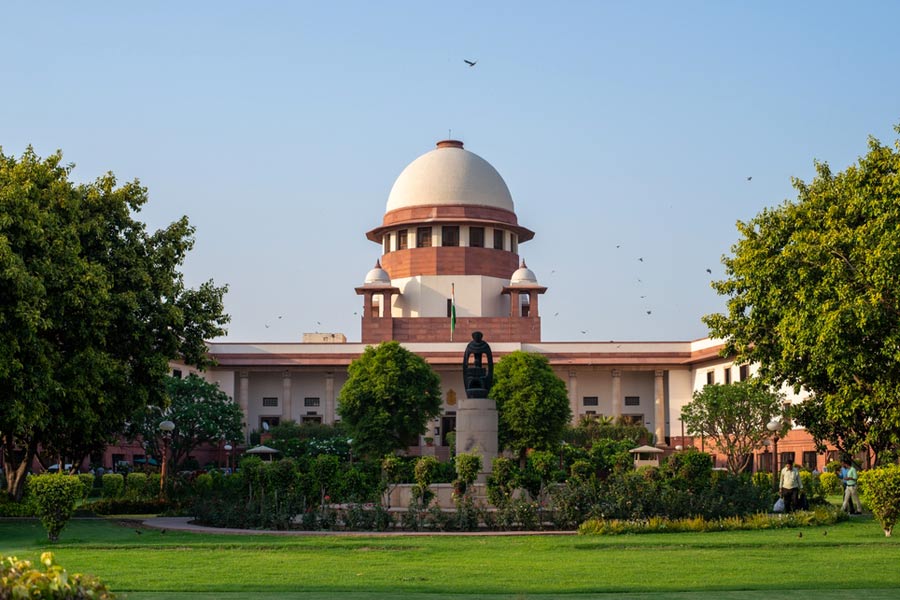The Odisha State Pollution Control Board (OSPCB) has imposed restrictions on the bursting of firecrackers in the state. The OSPCB has issued guidelines keeping in mind the worsening air pollution in different parts of the state. The restrictions are in tune with the Supreme Court’s order on banning firecrackers.
The OPSCB has banned crackers that produce sound of more than 125 decibels. Only green crackers will be allowed and the use of chemical firecrackers having barium nitrate is banned.
People are allowed to burst crackers between 6am and 10am on the day of Diwali. The bursting of crackers within a 100-metre radius of educational institutions, healthcare facilities and religious institutions has been banned.
“Squads will be formed to monitor and check violations. Members of the board will be a part of the team to ascertain the sound emitting from the firecrackers. With the assistance of the police, action will be taken against the violators” warned member secretary, OPSCB, K. Murugesan.
A major concern is that the level of pollution in Bhubaneswar, the capital city known for its greenery, is gradually increasing despite the fact that it is the only city in the country which has a wildlife sanctuary in its backyard.
Even though the Diwali celebration has not begun, the average daily Air Quality Index (AQI), PM2.5 and PM10 levels in Bhubaneswar have consistently remained within the moderate range. Particulate matter (PM) or fine particles pose the greatest health risk.
SwitchON Foundation, a Calcutta-based not-for-profit entity, has studied the air quality and pollution in Bhubaneswar relying on PM2.5 and PM10 — the major air pollutants during post Durga Puja festivities between October 29 to November 8. “Data sets have been obtained from the online monitoring stations of Lingaraj Mandir and Patia of the Central Pollution Control Board (CPCB) for Bhubaneswar,” the foundation said in a media release.
It said: “The average daily Air Quality Index (AQI), PM2.5 and PM10 levels in Bhubaneswar have consistently remained within the moderate range, except for a brief period of approximately 4 days when they temporarily exceeded this threshold due to overcast weather and some precipitation. The highest recorded daily mean AQI was observed on October 31st, reaching a value of 183, with average PM2.5 and PM10 levels measuring 84.97µg/m³ and 136.81µg/m³, respectively. These values significantly exceeded the permissible limits of 50µg/m³ for PM2.5 and 100µg/m³ for PM10.”
It further said: “It is evident that the arrival of winter, along with the resumption of normal city activities and the use of firecrackers, may be contributing to this increase in air pollution.”
It recommended that with Diwali celebrations and the potential air quality hazards posed by fireworks, it is crucial to address this issue by rigorously enforcing the Supreme Court’s guidelines concerning the use of eco-friendly “Green Crackers”.


